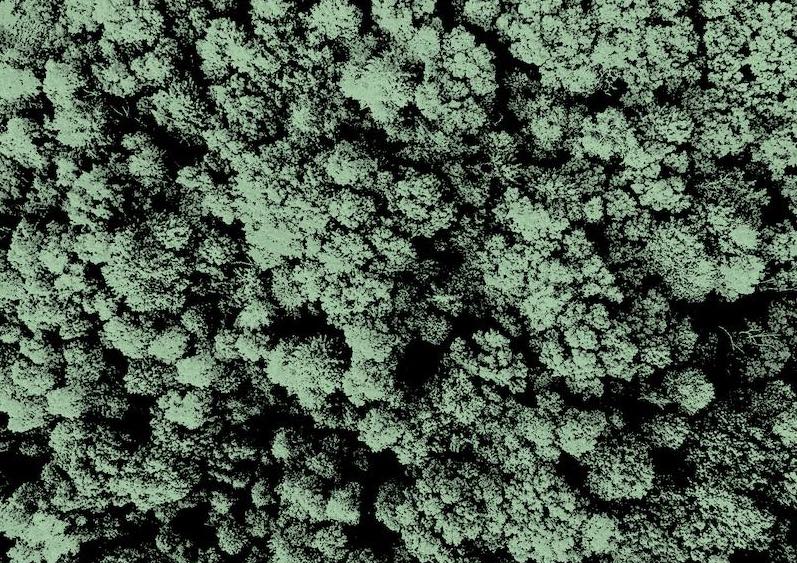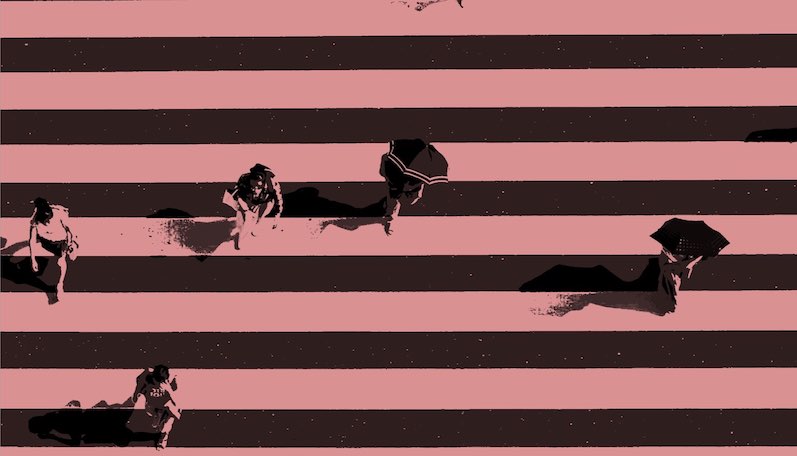What is it about?
This study focused on improving the way doctors break down ureteral stones using a special kind of laser called the Thulium Fiber Laser (TFL). The main challenge? To effectively break the stones without heating up the surrounding tissue too much, which could cause damage. The team built a realistic model of a human ureter (the tube that carries urine from the kidney to the bladder) and placed artificial stones inside it. They tested different TFL settings and irrigation flow rates to see which combinations could break stones effectively while keeping the temperature low and safe.
Featured Image

Photo by National Cancer Institute on Unsplash
Why is it important?
- Higher laser power (20 W) broke stones fastest but caused unsafe heat levels in seconds—posing a risk of injury. - Moderate power (10 W) offered a good balance: it broke stones efficiently and kept temperatures within a safe range. - Using cooler irrigation water or increasing water flow helped reduce the heat and made high-power settings safer. - Lower energy pulses created finer dust, while higher energy settings left behind larger fragments. These findings help guide urologists in choosing safer and more effective settings when using the TFL during surgery. This could lead to fewer complications and better outcomes for patients undergoing treatment for urinary stones.
Perspectives
I hope this article helps shed light on what might seem like a highly technical and narrow topic—laser settings and thermal injury risk during stone treatment—and shows just how important it actually is. At first glance, comparing temperatures and power levels in a lab might sound dry, but behind every degree of heat or every pulse of laser energy, there’s a patient whose comfort, safety, and recovery depend on us getting it right. This research is not just about engineering or medicine—it’s about finding smarter, safer ways to treat people. It's about preventing harm while improving outcomes. And it shows that small adjustments in technique can make a big difference in real lives. If nothing else, I hope this work gets people thinking: How can we use innovation not just to do more, but to do better?
Arpit Mishra
Duke University
Read the Original
This page is a summary of: Optimizing Fragmentation while Minimizing Thermal Injury Risk with the Thulium Fiber Laser in Ureteral Stone Lithotripsy: An In Vitro Study, Journal of Endourology, May 2025, Mary Ann Liebert Inc,
DOI: 10.1089/end.2024.0637.
You can read the full text:
Contributors
The following have contributed to this page







